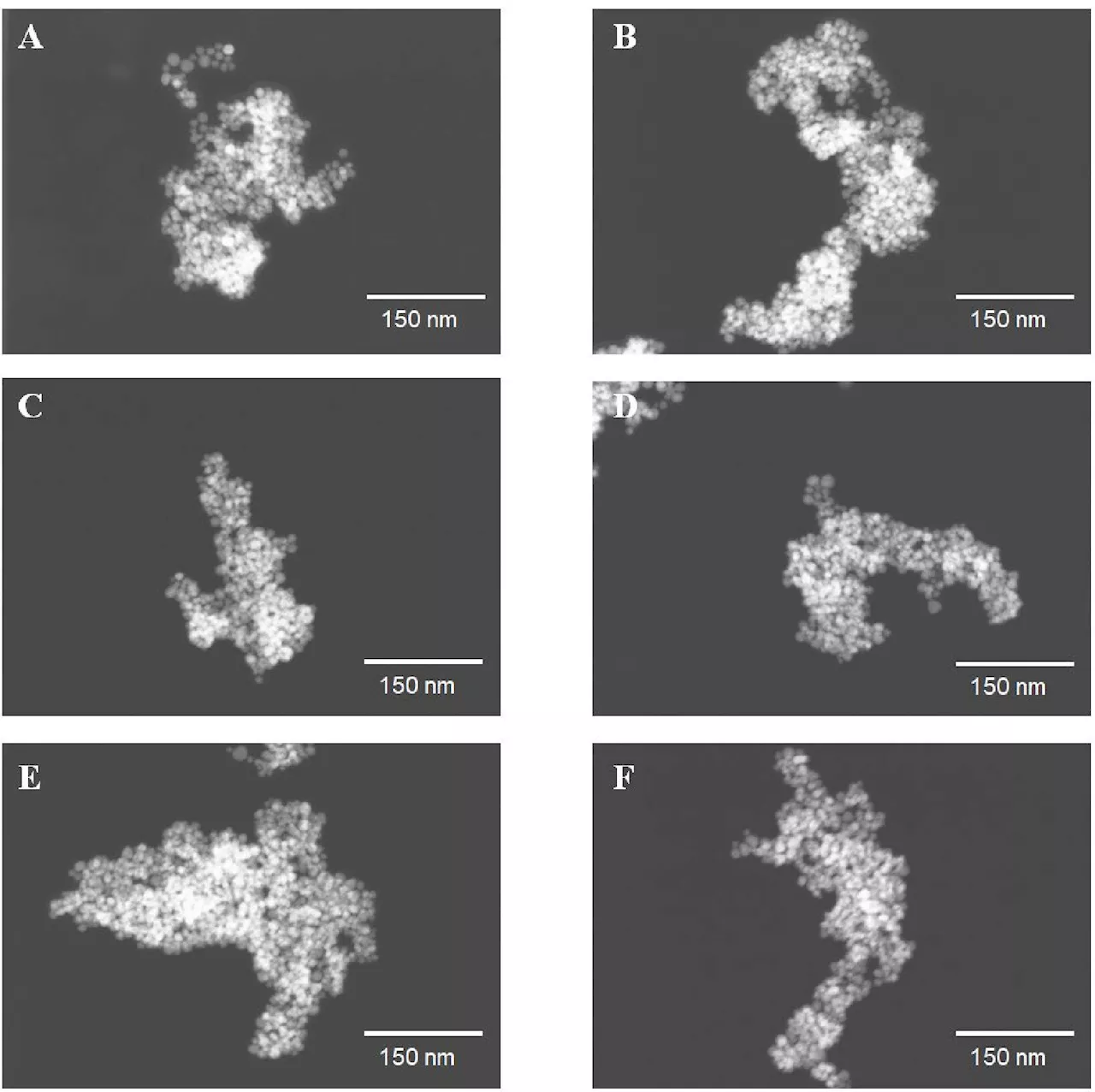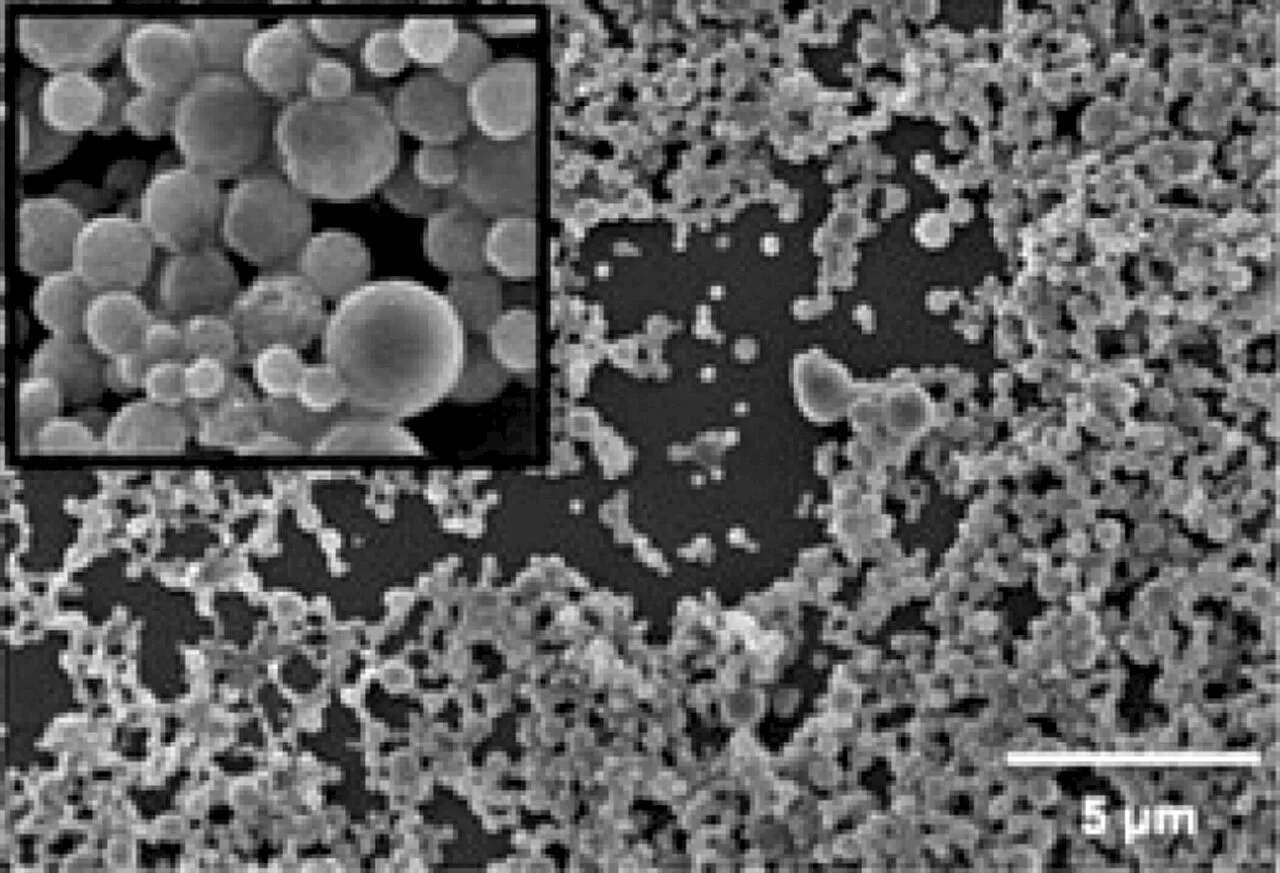Science, Space and Technology News 2024
Scientists are studying how nanoparticles, which are omnipresent in our environment and suspected of causing developmental issues in unborn children, interact with the placental barrier. Their research has revealed that these particles can disrupt the communication between the placenta and the fetus, particularly affecting blood vessel formation without necessarily being present in the fetal tissue.
Nanoparticles are contained in a large number of products, but they are also produced during wear and tear as well as through combustion processes. “We absorb these substances from the environment via our food, cosmetics, or the air we breathe,” explains Bürki. Some of these nanoparticles are suspected of harming babies in the womb. Low birth weight, autism, and respiratory diseases are among the possible consequences for the child.
These effects can be visualized in laboratory models using chicken eggs. The blood vessels in the egg actually grow at an enormous speed and density to enable embryonic development. A dense network of fine blood vessels covers the inside of the eggshell. The situation is strikingly different in eggs treated with the altered messenger substances from the nanoparticle-treated placenta: In the experiments, the blood vessel system was not as dense but rather coarse-meshed.
United States Latest News, United States Headlines
Similar News:You can also read news stories similar to this one that we have collected from other news sources.
 Virus-like nanoparticles control the multicellular organization and reproduction of host bacteriaResearchers have discovered that virus-like nanoparticles can promote the multicellular organization and reproduction of host bacteria. These particles, which are evolutionarily related to phages (viruses that infect bacteria), contain an enzyme that helps shape the multicellular architecture and ultimately enhances morphological differentiation.
Virus-like nanoparticles control the multicellular organization and reproduction of host bacteriaResearchers have discovered that virus-like nanoparticles can promote the multicellular organization and reproduction of host bacteria. These particles, which are evolutionarily related to phages (viruses that infect bacteria), contain an enzyme that helps shape the multicellular architecture and ultimately enhances morphological differentiation.
Read more »
 Shaping nanoparticles with enzymes | ScienceDailyThe selective bond-breaking powers of enzymes bring new versatility for building nanoparticles with a wide range of technical and medical potential.
Shaping nanoparticles with enzymes | ScienceDailyThe selective bond-breaking powers of enzymes bring new versatility for building nanoparticles with a wide range of technical and medical potential.
Read more »
 New technique uses enzymes to create versatile nanoparticlesThe selective bond-breaking powers of enzymes bring new versatility for building nanoparticles with a wide range of technical and medical potential.
New technique uses enzymes to create versatile nanoparticlesThe selective bond-breaking powers of enzymes bring new versatility for building nanoparticles with a wide range of technical and medical potential.
Read more »
 Nanoparticles reprogram mouse immune systems to cope with allergensTwo doses of allergen-encapsulating nanoparticles delivered intravenously prevented anaphylaxis during a food allergy test in mice, according to a study led by University of Michigan researchers.
Nanoparticles reprogram mouse immune systems to cope with allergensTwo doses of allergen-encapsulating nanoparticles delivered intravenously prevented anaphylaxis during a food allergy test in mice, according to a study led by University of Michigan researchers.
Read more »
 Nanoparticles: Risk for babies in the wombLittle is yet known about the health effects of nanoparticles on pregnancy. An interdisciplinary team is currently analyzing the risks for babies in the womb. Using a lab model, the researchers were able to determine that certain nanoparticles impair the release of chemical messengers in the placenta and thus the formation of blood vessels.
Nanoparticles: Risk for babies in the wombLittle is yet known about the health effects of nanoparticles on pregnancy. An interdisciplinary team is currently analyzing the risks for babies in the womb. Using a lab model, the researchers were able to determine that certain nanoparticles impair the release of chemical messengers in the placenta and thus the formation of blood vessels.
Read more »
 Study links nanoparticles to altered blood vessel formation in embryosHuman life begins with a single egg cell that grows into a human being with trillions of cells. To ensure that the highly complex development of tissues and organs is as protected as possible, the placental barrier keeps pathogens and foreign substances out. Tina Bürki and her team from Empa's Particles-Biology Interactions laboratory in St.
Study links nanoparticles to altered blood vessel formation in embryosHuman life begins with a single egg cell that grows into a human being with trillions of cells. To ensure that the highly complex development of tissues and organs is as protected as possible, the placental barrier keeps pathogens and foreign substances out. Tina Bürki and her team from Empa's Particles-Biology Interactions laboratory in St.
Read more »
